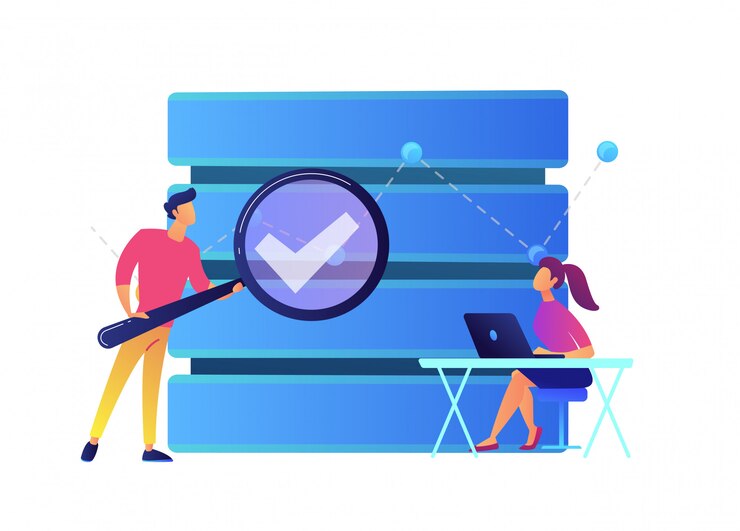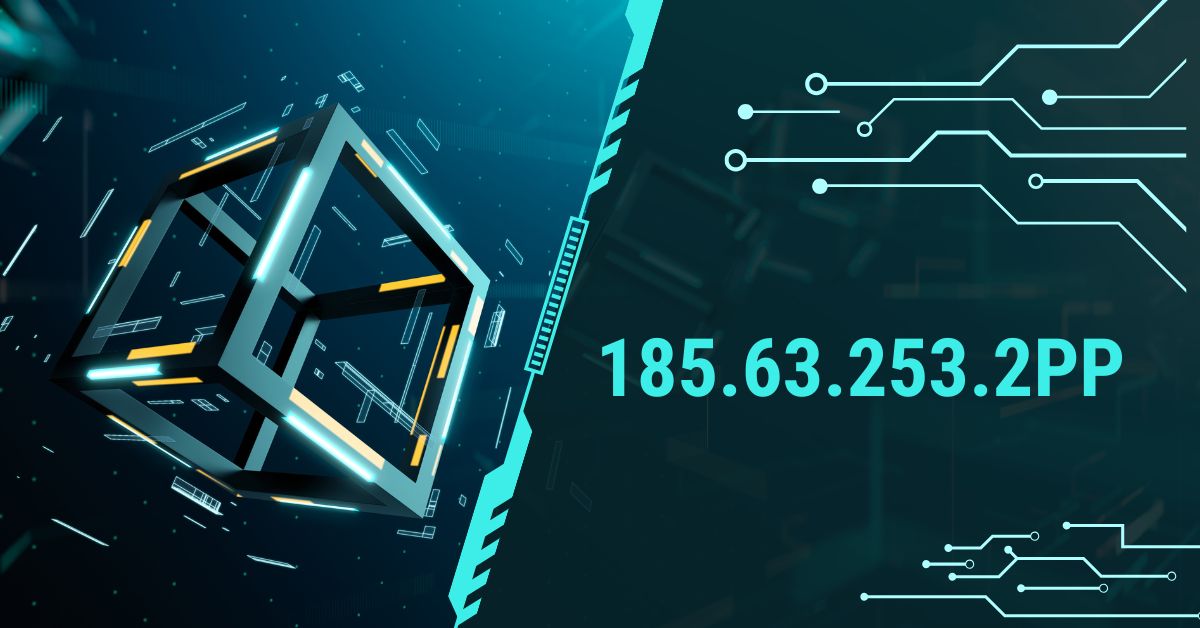The keyword “185.63.253.2pp” has recently caught the attention of many individuals browsing the web, leaving people curious about what it means and why it might matter. This article aims to demystify the term, explain its significance, and explore its implications in the broader digital landscape. Whether you’re an IT professional, a digital explorer, or simply someone curious about this string of numbers and letters, we’ll break things down step by step.
What is 185.63.253.2pp?
At its core, “185.63.253.2pp” appears to be a unique identifier, likely related to the world of IP addresses, computing, or networking systems. To understand it better, let’s first look at its structure. The majority of this keyword, “185.63.253.2,” aligns with the standard format of an IP address. Adding “pp” to the sequence introduces a variation that invites questions about its specific use or purpose.
An IP address, such as the one seen here, serves as a numerical label assigned to devices within a network. It ensures communication across systems, be it personal computers, servers, or IoT devices. On the other hand, the “pp” element remains a focal point of intrigue. While it could signify a specific protocol, product, or designation, its true purpose often depends on the context where “185.63.253.2pp” appears.
You May Like : Exploring Wixnets.com A Complete Review of Digital Platform
The Role of IP Address Formats
Before we dig deeper into the nuances of “185.63.253.2pp,” it’s important to understand basic IP address structures. These numerical combinations help locate devices in a vast web of interconnected networks, much like how a postal address identifies your location in the physical world.
IP addresses follow two primary structures:
- IPv4: A 32-bit address represented by four groups of numbers separated by periods, like “185.63.253.2.” This format has been commonly used for decades but faces limitations in the number of unique addresses it can generate.
- IPv6: To address the growing demand for unique addresses, IPv6 was introduced as a 128-bit system. It includes a more elaborate syntax, allowing trillions of combinations.
The format of “185.63.253.2” suggests it belongs to the IPv4 protocol. However, the addition of “pp” could extend its meaning into a specialized application or custom purpose. For instance, it may denote a specific type of server, service, or region.
Tracing the Use Cases of 185.63.253.2pp
The instances in which “185.63.253.2pp” could appear are vast, but understanding its potential applications helps establish how this identifier interacts with users or systems. Below are some plausible scenarios where it might play a role:
- Server or Hosting Identification:
Many hosting providers use unique protocols and identifiers to distinguish servers across different networks. “185.63.253.2pp” might specify a particular server assigned to a specific hosting environment or purpose. - Web-Based Protocols or Domains:
The additional “pp” could relate to a set of applications layered over the IP address, such as a custom protocol or program tied to web development. For example, it could point to a specialized database, administrative tool, or backup system. - Network and Device Categorization:
Within large-scale networks, it’s common practice to append letters or numbers that provide added detail to an IP. This might reflect device roles, location specifics, or data traffic requirements. “pp” could stand for a procedural term like “point placement” or another actionable classification. - Specialized Security Features:
Cybersecurity needs often lead to creative uses for IP-based identifiers. For instance, by differentiating standard IPs from specialized ones, functions like encrypted communication or dedicated virtual private servers (VPS) could be clarified.
Why Keywords Like 185.63.253.2pp Matter
The digital world thrives on precise identifiers like “185.63.253.2pp.” While it may seem like a small, niche keyword, its role in building and organizing digital systems cannot be overstated. Whether enhancing server communication, ensuring seamless data transfers, or mapping vast networks, unique identifiers improve the efficiency and reliability of modern computing systems.
Consider the practical examples of websites and online services requiring IP data. Each request issued by a user must be routed to the correct destination. Identifiers like “185.63.253.2pp” simplify these processes, minimizing latency and streamlining the user experience. Additionally, developers can use unique codes to innovate and optimize network solutions.
Challenges and Opportunities Surrounding 185.63.253.2pp
One of the potential challenges with identifiers like “185.63.253.2pp” lies in their ambiguity. Without proper documentation or clear context, strings like this can lead to confusion among users or IT teams. The inclusion of nonstandard elements like “pp” necessitates creative problem-solving to determine the associated purpose. Misinterpretation of such identifiers could disrupt system operations or lead to security vulnerabilities.
However, the opportunities far outweigh the challenges. Fine-tuned systems that integrate identifiers like “185.63.253.2pp” allow for robust network management, distinguishing them from generic options. From tailoring load balancers to enhancing DNS resolution systems, new methods of customization are continuously emerging.
How to Research and Validate Unique Identifiers
If you encounter a term like “185.63.253.2pp” in your work or online, understanding its context is key. Follow these steps to clarify its purpose:

- Check for Associated Metadata:
Investigate where you found the identifier. Reputable sources often provide additional information about its role or association with platforms. - Verify through Network Tools:
Use utilities like traceroute or WHOIS database access to discover relevant data. These tools can reveal the originating organization or region tied to an IP string. - Investigate Similar Conventions:
Compare the identifier against familiar systems. For example, if “185.63.253.2” belongs to a hosting provider, “pp” might simply be an extension representing part of its additional functionality. - Collaborate with Experts:
Engage in discussions with IT professionals or online forums to gather clarity. Shared knowledge within these communities may uncover trends or examples related to the keyword “185.63.253.2pp.”
The Future Impact of Custom Identifiers
The ongoing expansion of the digital sphere means identifiers like “185.63.253.2pp” will only grow in relevance. With rapid advancements in artificial intelligence, IoT connectivity, and cybersecurity measures, there is a clear need for identifiers that accommodate innovation.
Take the heightened demand for smart device ecosystems. Each device must communicate within a network seamlessly, relying on unique identifiers to avoid interference or mismanaged data pathways. Here, a keyword such as “185.63.253.2pp” becomes part of the larger puzzle, creating harmony between interconnected systems.
Final Thoughts on 185.63.253.2pp
While the specific keyword “185.63.253.2pp” might not be universally understood, it highlights the dynamic way systems rely on identifiers to function smoothly. Depending on your industry or use case, this string could unlock deeper insights into networking technologies, server management applications, or database integration.
The next time you encounter “185.63.253.2pp,” take a moment to analyze its context. Whether it’s part of an IP address, system protocol, or something else entirely, its presence likely serves a specialized role that helps keep digital operations running efficiently. By fostering curiosity and continuing to explore terms like this, we gain a better understanding of the vast, interconnected systems that define the modern online experience.
Read More : Understanding Gñory a Modern Digital Phenomenon

